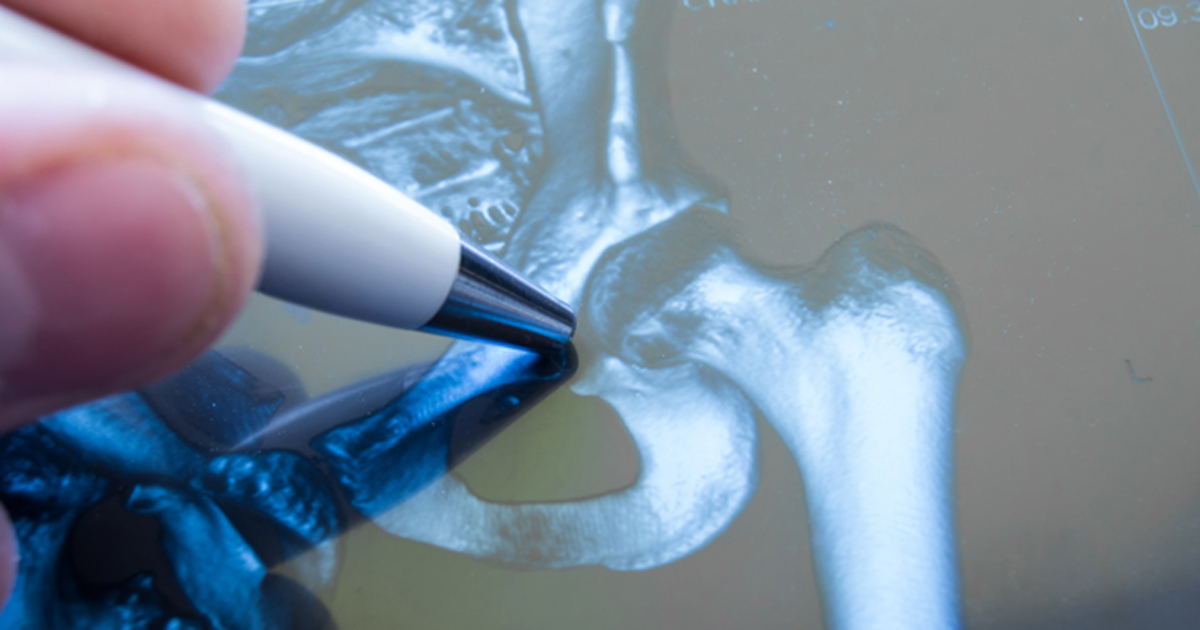Liraglutide shows antiresorptive effect on bone in type 2 diabetes
A cohort of adults with type 2 diabetes assigned the GLP-1 receptor agonist liraglutide for 26 weeks experienced a preservation in hip and spine bone mineral density and no changes in bone resorption markers despite weight loss, suggesting the drug may have an antiresorptive effect, according to findings published in Bone.
“Bone turnover is reduced in type 2 diabetes, possibly caused by changes in bone signaling and hyperglycemia,” Katrine Hygum, a doctoral student in the department of endocrinology and internal medicine at Aarhus University Hospital in Denmark, and colleagues wrote in the study background. “Interestingly, patients with type 2 diabetes have an attenuated postprandial incretin hormone response. Incretin hormones may also affect bone turnover, but a direct effect of GLP-1 on osteoblasts is controversial. As a large number of type 2 diabetes patients worldwide are treated with GLP-1 receptor agonists, it is imperative to determine if the treatment affects bone metabolism.”
In a randomized, double-blind trial, Hygum and colleagues analyzed data from 60 adults with type 2 diabetes randomly assigned to liraglutide 1.8 mg daily (Victoza, Novo Nordisk) or placebo for 26 weeks between 2015 and 2017 (50% women; mean age, 62 years). Areal BMD was assessed at the total hip, femoral neck and lumbar spine at baseline, 13 weeks and 26 weeks via DXA. Bone microarchitecture, geometry and estimated strength were measured at baseline, 13 weeks and 26 weeks at the right-side radius and tibia using high-resolution peripheral quantitative CT (HRpQCT). Primary endpoint was change in C-terminal telopeptide of type 1 collagen (CTX).
“We chose CTX as the primary endpoint, as the expected mechanism of action was a reduction in bone resorption, and CTX is the most responsive marker of bone resorption,” the researchers wrote.

Researchers found that CTX increased among patients treated with liraglutide by 0.07 µg/L (95% CI, 0.03-0.1) and among patients treated with placebo by 0.03 µg/L (95% CI, 0-0.06); however, changes were not different between the groups. Individuals assigned liraglutide experienced a decrease in body weight from baseline to week 4 (P < .001) that remained stable thereafter. Procollagen type 1 N-terminal propeptide (P1NP) decreased among patients treated with liraglutide from baseline to week 4 (P < .01), increased between weeks 4 and 13 (P = .03), and remained elevated thereafter. Weight and P1NP did not change among patients treated with placebo.
Hip BMD decreased among placebo-treated patients from baseline to end of study, whereas no changes were seen among patients treated with liraglutide (P = .01 for between-group difference).
The researchers noted that not all patients had an indication for liraglutide treatment and therefore differ from individuals treated in a real-world setting.
“Large studies with a longer follow-up are warranted to confirm these results as the conclusion is based on a relatively small study population and short study period,” the researchers wrote. – by Regina Schaffer
Disclosure: One of the researchers reports receiving research grants to his institution from Amgen and Novo Nordisk.
